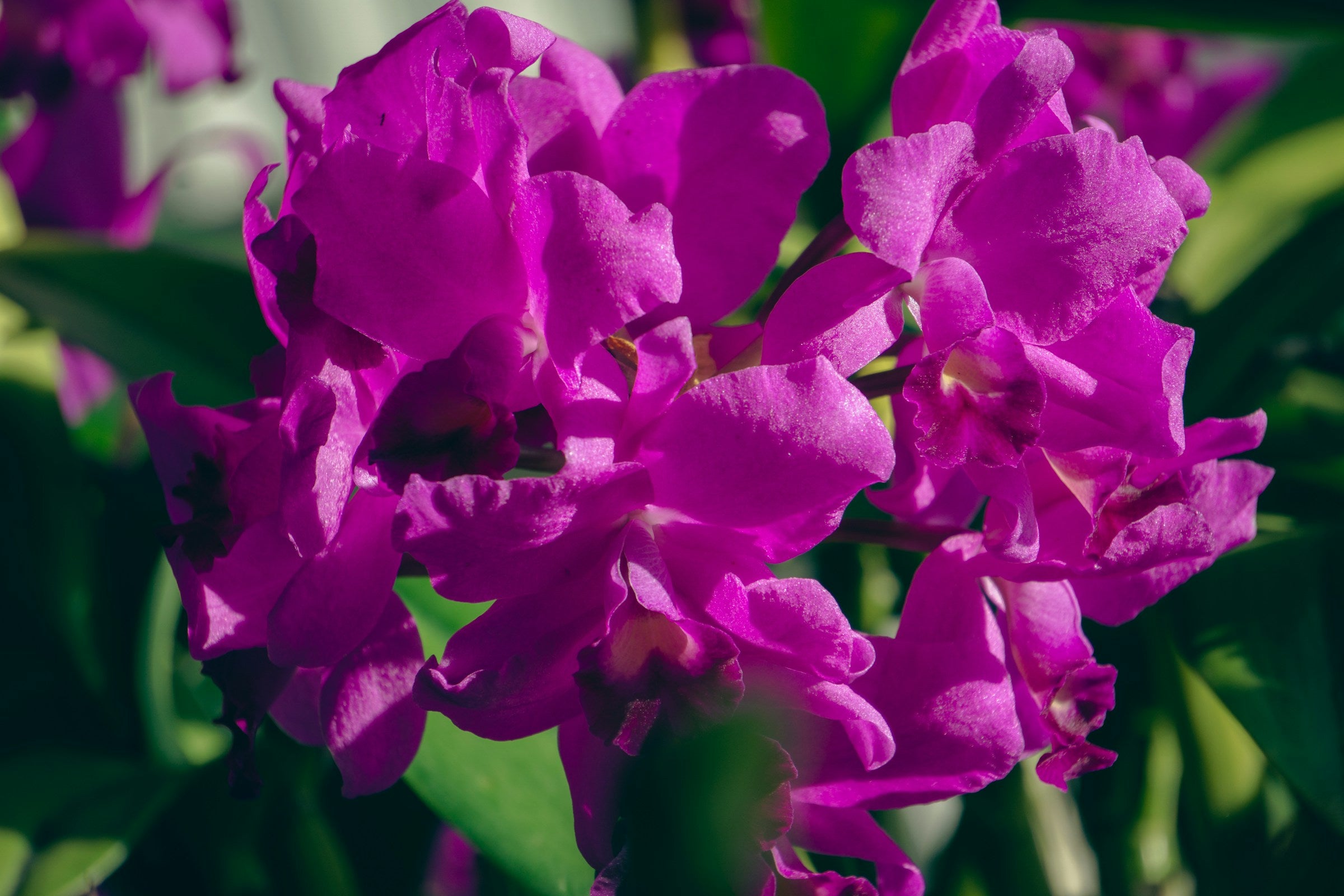
Orchids from Central and South America
263 products
Showing 1 - 24 of 263 products
Although most orchids from our webshop come from Southeast Asia come from Asia, the collection of orchids coming from Central and South America is also incredibly diverse. Here, in particular, many scented and striking orchids come from here. We purchase these varieties from reliable suppliers in Thailand. One of the most well-known species from this region are from the genus Cattleya by the beautiful large flower and the (often) easy care.

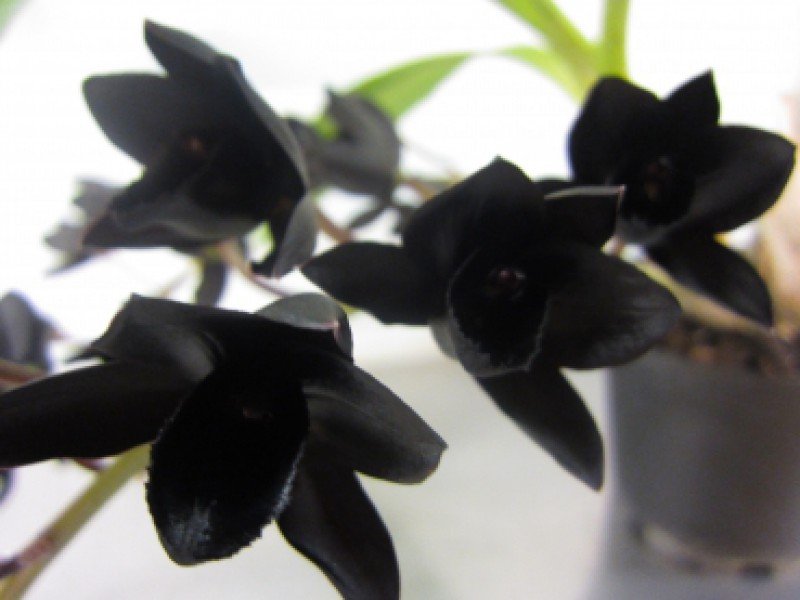





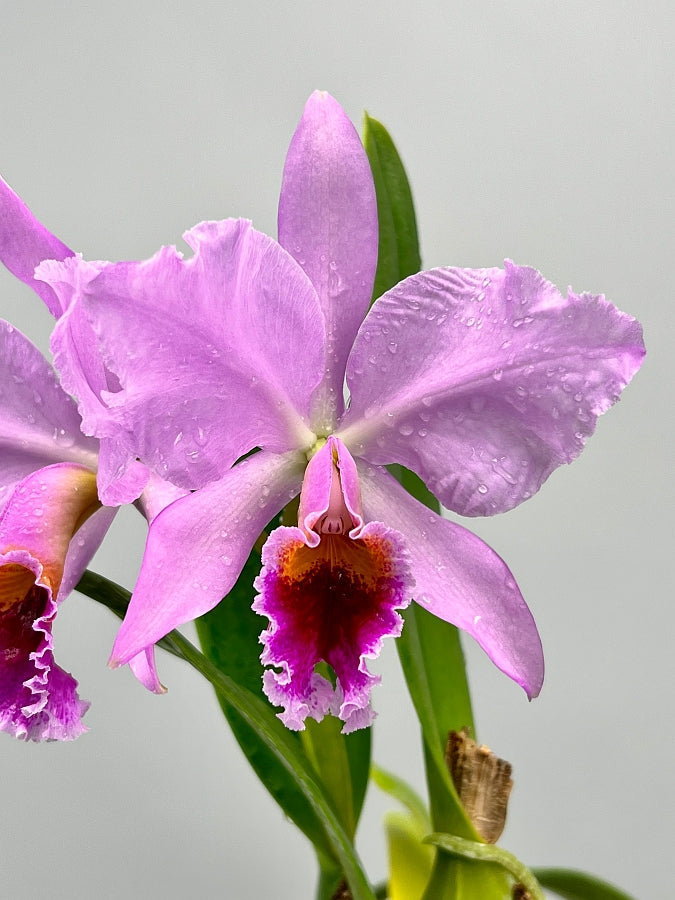













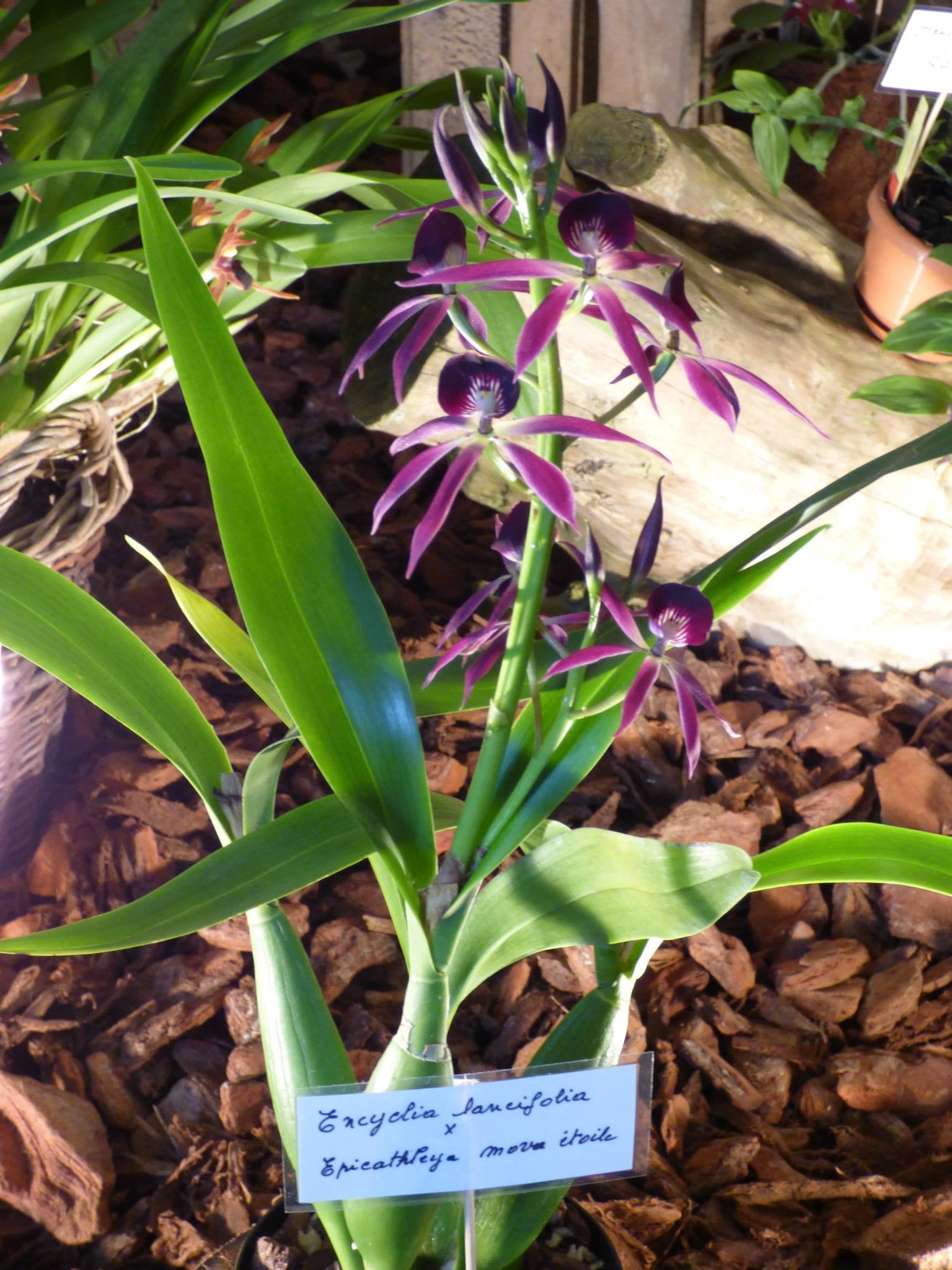












Recent bekeken
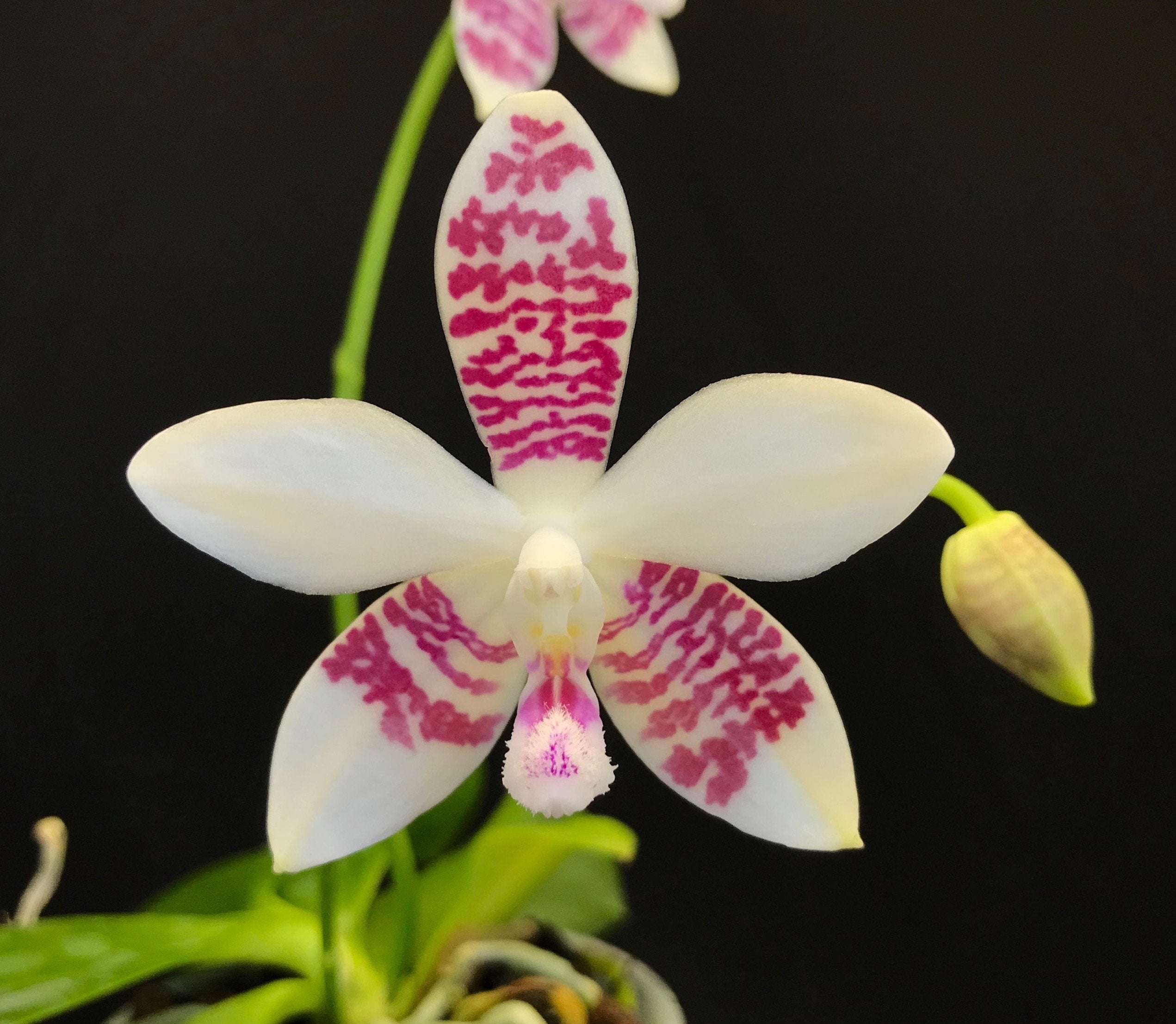




Although most orchids come from our webshop from Southeast Asia, the collection of orchids that come from Central and South America is also very diverse. In particular, many scented and striking orchids come from, which we purchase through our suppliers in Thailand. Countries that have an extremely diverse nature include Peru, Brazil, Mexico, Colombia, Costa Rica, Guatemala, Venezuela, Ecuador, Puerto Rico, Cuba and Panama. Just like in Southeast Asia, America also has a lot of separate (sometimes closed) habitats through, among other things, islands, such as the Amazon and the Andes, but also the Atlantic Coastal Forests. These nature reserves have led to, among other things, the extreme diversity of species and for the growth and distribution of the unique orchids that we know today in these areas.
Diversity and distribution
Just like in Southeast Asia, thousands of species of orchids can be found in South America. Brazil, Colombia, Ecuador and Peru in particular are extremely rich in diversity in Flora. Common orchid smells in these countries are Cattleya, Oncidium, Miltonia and Masdevallia. The Cattleya is also called the queen of the orchids, because of the beautiful, large (often scented) flowers. They are often associated with the beauty of nature in Brazil, but they grow in many more places in the region. The Cattleya often needs a similar care with the Phalaenopsis and the paphiopedilum, so that enthusiasts often have at least one of each and put them together in the same climate. Note that Cattleyas need more indirect sunlight and have to stand dryer. The Phalaenopsis may have more dosed indirect sunlight, but also nice and warm and the paphiopedilum mainly needs high humidity around the pot.
Easy care
Many of these orchids can easily be in the living room and are easy in the care. Together with the beautiful flowers, the Cattleya makes a valued plant among both starting and experienced orchid lovers.
Habitats and growing conditions
In Zuidamerka there are various habitats in which orchids grow. In the Amazon, for example, many epiphytic orchids can be found high in the trees. There they benefit from the high humidity, heat and the filtered light through the leaves of the trees. In the Andes the height creates variable temperatures and unique microclimates. Here you can find terrestrial orchids, which are adapted to colder environments.
Culture and symbolism
Orchids have a deep-rooted connection with the culture of South America. In Colombia and Ecuador, for example, orchids are seen as symbols of national pride. In Colombia, the Cattleya Trianae is the National Orchid. Colombia is a country that has one of the most orchid species in the world. In the Amazon there are still various tribes that use orchids for traditional medicine and for rituals.
Preservation and threats
Although many appreciate the beauty and cultural value of the orchid in Central and South America, many species are threatened by habitat loss, poaching and climate change. Especially deforestations for agriculture, mining and infrastructure extension has led to the disappearance of crucial habitats for orchids. Wild orchids are still very often extracted illegally from the wild for international trade. This all contributes to the decline of the orchid in nature. Fortunately we purchase sustainably from our suppliers. The disappearance of habitats due to deforestation still has the biggest impact on the extinction of species in the wild. We sincerely hope that this will soon be pushed back and that we can enjoy everything that have to offer the tropical rain forests of America for a long time.
There are various botanical gardens, research institutions and nature conservation organizations in the region that work on preserving orchids. They do this by, for example, doing research, protecting areas and reintroduction projects. In addition, the CITES document is becoming increasingly important to keep endangered or wild species from the market. Although this has little impact on the loss of habitat that many species suffer from more, this gives some hope for nature activists.
Orchids in Central and South America are not only gems from nature, but they are also of enormous ecological and cultural value. The diversity of colors, shapes and beauty of these plants let biodiversity speak. The preservation of natural habitats for these species and promoting sustainable initiatives are essential to ensure that future generations can continue to enjoy everything that South America has to offer to these special plants.


